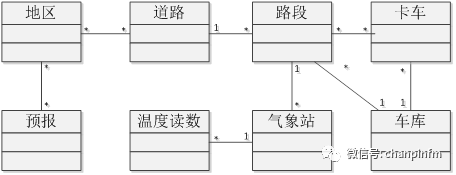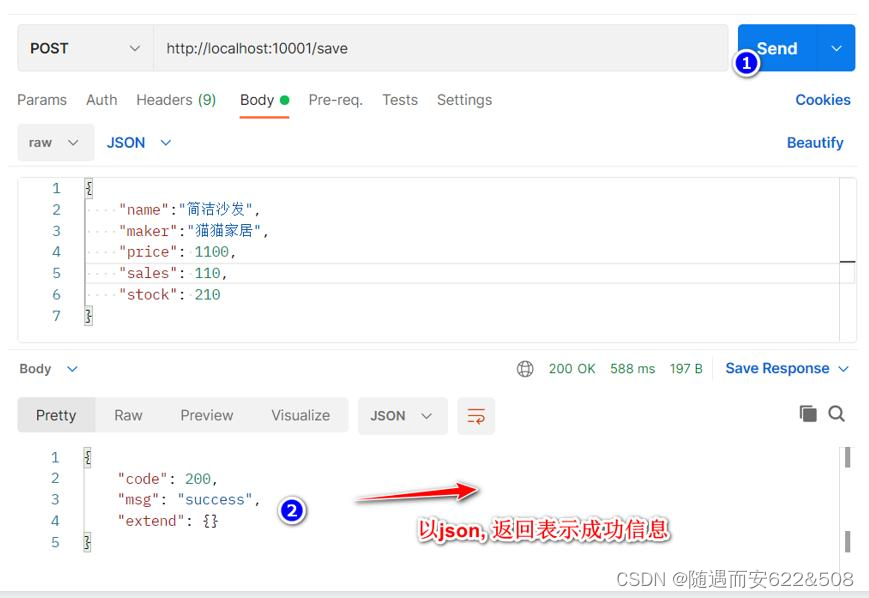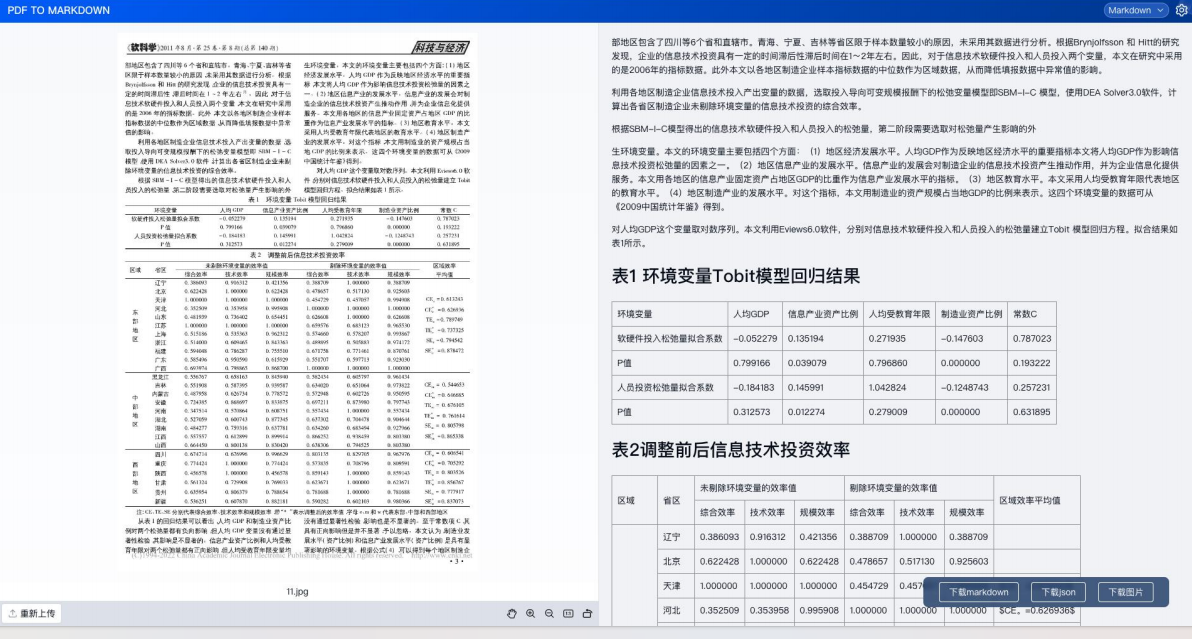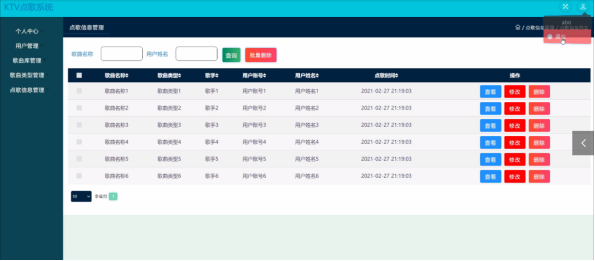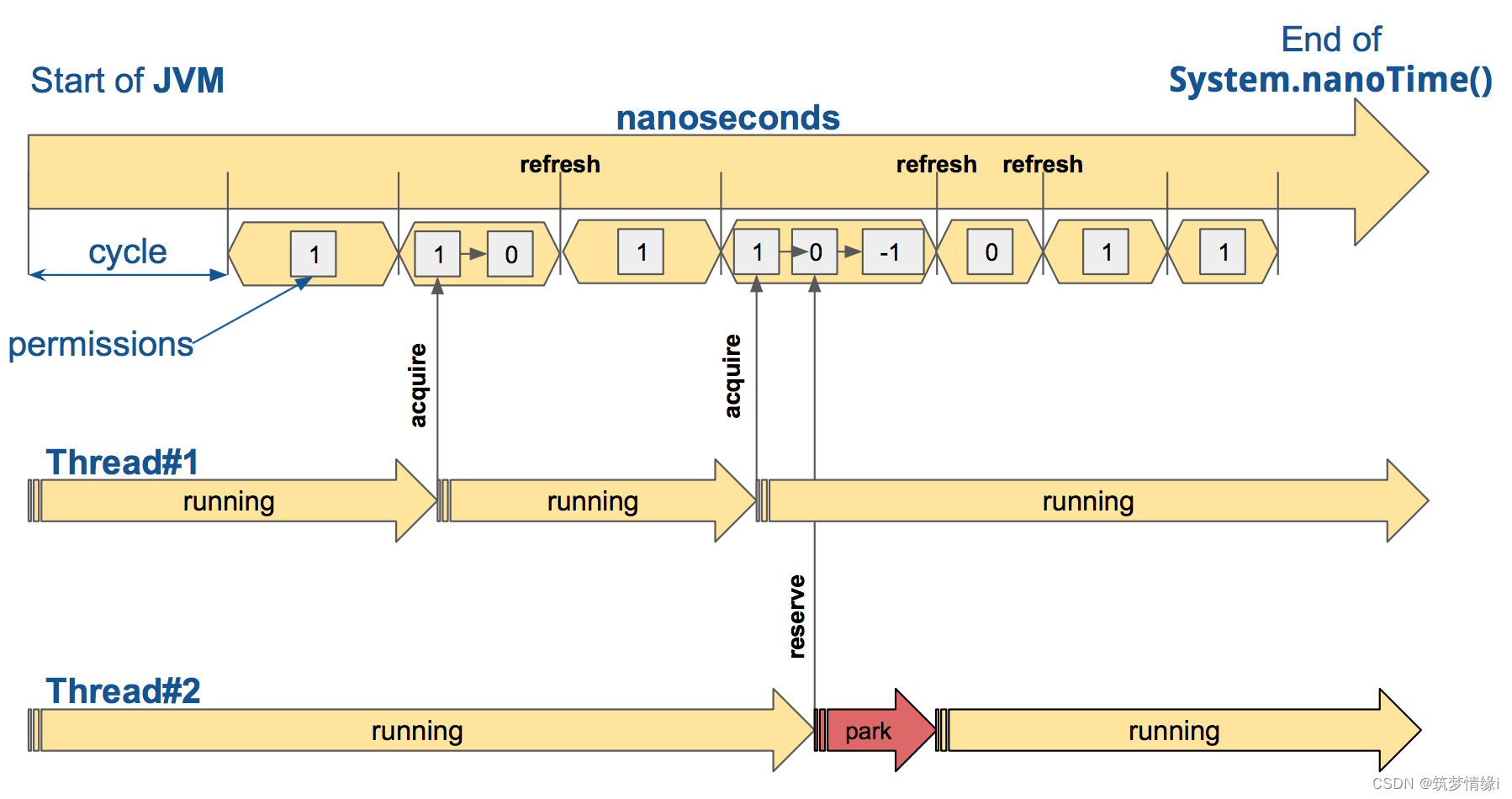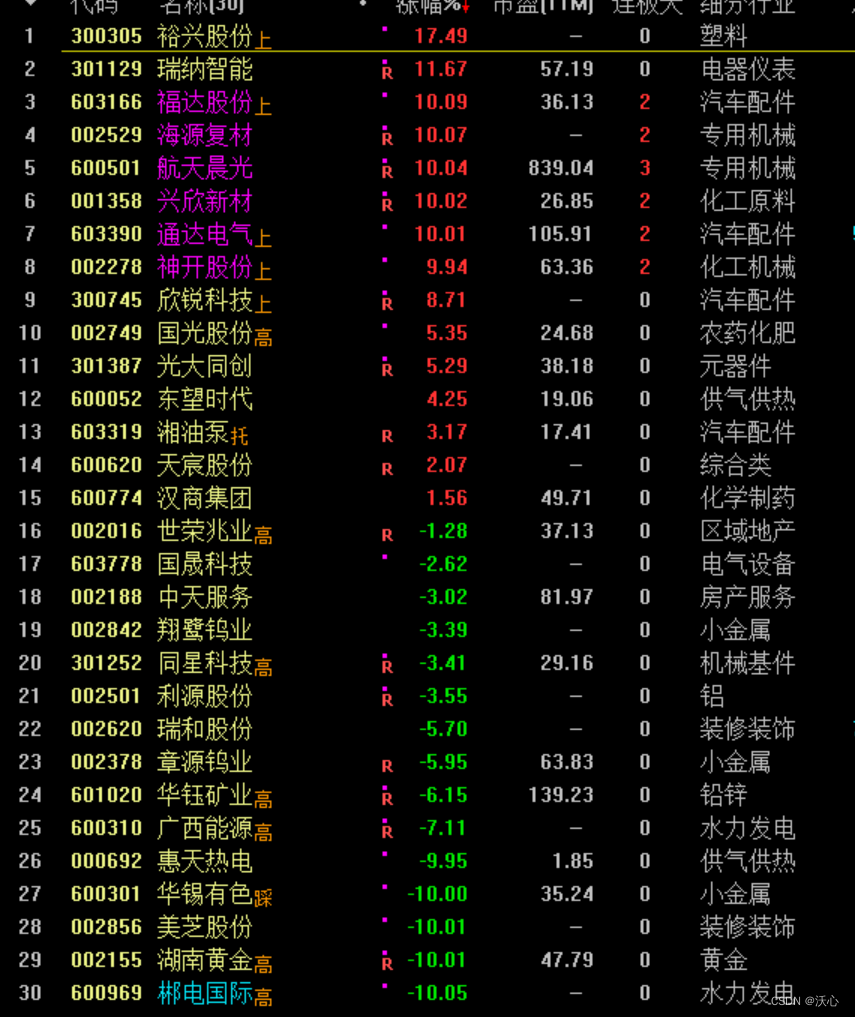目录
list
结点类
结点类的构造函数
list的尾插尾删
list的头插头删
迭代器
++运算符重载
--运算符重载
==和!= 运算符重载
* 和 -> 运算符重载
list 的insert
list的erase
list
list实际上是一个带头双向循环链表,要实现list,则首先需要实现一个结点类,而一个结点需要存储的信息为:数据、前驱指针、后继指针
而对于该结点类的成员函数来说,我们只需实现一个构造函数即可,因为该结点类只需要根据数据来构造一个结点即可,而结点的释放则由list的析构函数来完成,
结点类
结点类的基本结构:
template<class T>
struct ListNode
{
ListNode<T>* _next;
ListNode<T>* _prev;
T _date;
ListNode(const T& pos = T())
{
_next = nullptr;
_prev = nullptr;
_date = pos;
}
};这里用struct 的原因是因为ListNode 的 每个成员变量都会被频繁调用。
用struct则不需要封装了。
结点类的构造函数
构造函数直接根据所给数据构造一个结点即可,构造出来的结点的数据域存储的就是所给数据,而前驱指针和后继指针均初始化为空指针即可
ListNode(const T& pos = T())
{
_next = nullptr;
_prev = nullptr;
_date = pos;
}list的尾插尾删
template<class T>
class list
{
public:
typedef ListNode<T> node;
list()
:_head(new node)
{
_head->_next = _head;
_head->_prev = _head;
}
void push_back(const T& x)
{
node* head = _head;
node* tail = _head->_prev;
node* p = new node(x);
tail->_next = p;
p->_prev = tail;
p->_next = head;
head->_prev = p;
}
void pop_back()
{
assert(_head != _head->_next);
node* head = _head;
node* tail = head->_prev;
node* newtail = tail->_prev;
newtail->_next = head;
head->_prev = newtail;
delete[] tail;
}
private:
node* _head;
};list的头插头删
template<class T>
class list
{
public:
typedef ListNode<T> node;
list()
:_head(new node)
{
_head->_next = _head;
_head->_prev = _head;
}
void push_front(const T& x)
{
node* newnode = new node(x);
node* head = _head;
node* tail = _head->_next;
head->_next = newnode;
newnode->_prev = head;
newnode->_next = tail;
tail->_prev = newnode;
}
void pop_front()
{
assert(_head != _head->_next);
node* head = _head;
node* tail = _head->_next;
head->_next = tail->_next;
tail->_next->_prev = head;
delete[]tail;
}
private:
node* _head;
};迭代器
迭代器有两种实现方式,具体应根据容器底层数据结构实现:
- 原生态指针,比如:vector和string ->物理空间是连续的,因为string和vector对象都将其数据存储在了一块连续的内存空间,我们通过指针进行自增、自减以及解引用等操作,就可以对相应位置的数据进行一系列操作,因此string和vector当中的迭代器就是原生指针。
- .将原生态指针进行封装,因迭代器使用形式与指针完全相同,因此在自定义的类中必须实现以下方法:
指针可以解引用,迭代器的类中必须重载operator*()
指针可以通过->访问其所指空间成员,迭代器类中必须重载oprator->()
指针可以++向后移动,迭代器类中必须重载operator++()与operator++(int)
至于operator--()/operator--(int) 是否需要重载,根据具体的结构来抉择,双向链表可
以向前 移动,所以需要重载,如果是forward_list就不需要重载–
迭代器需要进行是否相等的比较,因此还需要重载operator==()与operator!=()
但是对于list来说,其各个结点在内存当中的位置是随机的,并不是连续的,我们不能仅通过结点指针的自增、自减以及解引用等操作对相应结点的数据进行操作,
总结:list的迭代器 实际上就是对结点指针进行了封装,对其各种运算符进行了重载,使得结点指针的各种行为看起来和普通指针一样,(例如,对结点指针自增就能指向下一个结点 p = p->next)
template<class T1, class T2>
struct Reverse_iterator
{
typedef Reverse_iterator<T1, T2> self;
typedef ListNode<T1> node;
node* _it;
Reverse_iterator(node* pos);
self& operator++();
self operator++(int);
self& operator--();
self operator--(int);
T2& operator*();
T2* operator->();
bool operator!=(const self& pos);
bool operator==(const self& pos);
};迭代器模板参数说明:
构造函数
迭代器类实际上就是对结点指针进行了封装
其成员变量就是结点指针,所以其构造函数直接根据所给结点指针构造一个迭代器对象即可,
Reverse_iterator(node* pos)
{
_it = pos;
}拷贝构造,operator,析构函数我们都不需要写,因为成员变量是内置类型(指针), 用编译器默认生成的就可以。
++运算符重载
self& operator++()//前置
{
_it =_it->_prev;
return *this;
}
self operator++(int)//后置
{
self tmp(_it);
_it = _it->_prev;
return tmp;
}前置++原本的作用是将数据自增,然后返回自增后的数据,
而对于结点迭代器的前置++:应该先让结点指针指向后一个结点.然后再返回“自增”后的结点迭代器即可
后置++,先拷贝构造当前迭代器结点, 然后让当前迭代器结点的指针自增指向下一个结点,最后返回“自增”前的结点迭代器即可,
--运算符重载
self& operator--()//前置
{
_it = _it->_next;
return *this;
}
self operator--(int)//后置
{
self tmp(_it);
_it = _it->_next;
return tmp;
}前置- -:当前迭代器结点中的指针指向前一个结点,然后再返回“自减”后的结点迭代器即可,
后置--:拷贝构造当前迭代器对象 -> 当前迭代器结点中的指针自减指向前一个结点 ->返回自减前的迭代器。
==和!= 运算符重载
bool operator!=(const self& pos)
{
return _it != pos._it;
}
bool operator==(const self& pos)
{
return _it == pos._it;
}这里注意形参别写错就好了。
* 和 -> 运算符重载
使用解引用操作符时,是想得到该指针指向的数据内容
因此,我们直接返回当前结点指针所指结点的数据即可,这里需要使用引用返回,因为解引用后可能需要对数据进行修改,
T2& operator*()
{
return _it->_date;
}->返回当前迭代器结点的指针所指结点的数据的地址
T2* operator->()
{
return &_it->_date;
}使用场景:


list 的insert
insert函数可以在所给迭代器pos之前插入一个新结点,
1.先根据所给迭代器pos得到该位置处的结点指针
2.然后通过该指针找到前一个位置的结点指针last
根据所给数据x构造一个新结点
iterator insert(iterator pos,const T& x)
{
node* newnode = new node(x);
node* next = pos._node;
node* last = next->_prev;
last->_next = newnode;
newnode->_prev = last;
newnode->_next = next;
next->_prev = newnode;
return iterator(newnode);
}list的erase
erase函数可以删除所给迭代器位置的结点,
注意**:pos不可以是哨兵位的迭代器,即不能删除哨兵位 pos迭代器结点中的指针不能为空**
1.根据所给迭代器得到该位置处的结点指针self
2.通过self指针找到前一个位置的结点指针last,以及后一个位置的结点指针next
3.紧接着释放cur结点,最后prev和next结点进行链接
iterator erase(iterator pos)
{
assert(pos._node);
assert(_head != _head->_next);
node* self = pos._node;
node* next = self->_next;
node* last = self->_prev;
last->_next = next;
next->_prev = last;
delete[] self;
return iterator(next);
}关于insert 和 erase 迭代器失效的问题:
insert不会导致迭代器失效,因为pos迭代器中的节点指针仍然指向原来的节点。
问:erase之后, pos迭代器是否失效:
一定失效,因为此时pos迭代器中的节点指针指向的节点已经被释放了,该指针相当于是野指针。
最后所有代码如下:
namespace bit
{
template<class T>
struct ListNode
{
ListNode<T>* _next;
ListNode<T>* _prev;
T _date;
ListNode(const T& pos = T())
{
_next = nullptr;
_prev = nullptr;
_date = pos;
}
};
template<class T1,class T2 = T1>
struct ListIterator
{
typedef ListIterator<T1,T2> iterator;
typedef ListNode<T1> node;
node* _node;
ListIterator(node* pos)
{
_node = pos;
}
T2& operator*()
{
return _node->_date;
}
iterator& operator++()
{
_node = _node->_next;
return *this;
}
iterator operator++(int)
{
iterator tmp(_node);
_node = _node->_next;
return tmp;
}
iterator& operator--()
{
_node = _node->_prev;
return *this;
}
iterator operator--(int)
{
iterator tmp(_node);
_node = _node->_prev;
return tmp;
}
T2* operator->()
{
return &_node->_date;
}
bool operator!=(const iterator& pos)
{
return _node != pos._node;
}
bool operator==(const iterator& pos)
{
return _node == pos._node;
}
};
template<class T1, class T2>
struct Reverse_iterator
{
typedef Reverse_iterator<T1, T2> self;
typedef ListNode<T1> node;
node* _it;
Reverse_iterator(node* pos)
{
_it = pos;
}
self& operator++()
{
_it =_it->_prev;
return *this;
}
self operator++(int)
{
self tmp(_it);
_it = _it->_prev;
return tmp;
}
self& operator--()
{
_it = _it->_next;
return *this;
}
self operator--(int)
{
self tmp(_it);
_it = _it->_next;
return tmp;
}
T2& operator*()
{
return _it->_date;
}
T2* operator->()
{
return &_it->_date;
}
bool operator!=(const self& pos)
{
return _it != pos._it;
}
bool operator==(const self& pos)
{
return _it == pos._it;
}
};
template<class T>
class list
{
public:
typedef Reverse_iterator<T, T> reverse_iterator;
typedef Reverse_iterator<T, const T> const_reverse_iterator;
typedef ListNode<T> node;
typedef ListIterator<T> iterator;
typedef ListIterator<T,const T> const_iterator;
list()
:_head(new node)
{
_head->_next = _head;
_head->_prev = _head;
}
list(const list& pos)
{
_head = new node;
_head->_next = _head;
_head->_prev = _head;
for (auto e : pos)
{
push_back(e);
}
}
list(initializer_list<T> il)
{
_head = new node;
_head->_next = _head;
_head->_prev = _head;
for (auto e : il)
{
push_back(e);
}
}
void push_back(const T& x)
{
node* head = _head;
node* tail = _head->_prev;
node* p = new node(x);
tail->_next = p;
p->_prev = tail;
p->_next = head;
head->_prev = p;
}
void pop_back()
{
assert(_head != _head->_next);
node* head = _head;
node* tail = head->_prev;
node* newtail = tail->_prev;
newtail->_next = head;
head->_prev = newtail;
delete[] tail;
}
reverse_iterator rbegin()
{
return reverse_iterator(_head->_prev);
}
reverse_iterator rend()
{
return reverse_iterator(_head);
}
const_reverse_iterator crbegin()const
{
return const_reverse_iterator(_head->_prev);
}
const_reverse_iterator crend()const
{
return const_reverse_iterator(_head);
}
iterator begin()
{
return iterator(_head->_next);
}
const_iterator begin()const
{
return const_iterator(_head->_next);
}
iterator end()
{
return iterator(_head);
}
const_iterator end()const
{
return const_iterator(_head);
}
void push_front(const T& x)
{
node* newnode = new node(x);
node* head = _head;
node* tail = _head->_next;
head->_next = newnode;
newnode->_prev = head;
newnode->_next = tail;
tail->_prev = newnode;
}
void pop_front()
{
assert(_head != _head->_next);
node* head = _head;
node* tail = _head->_next;
head->_next = tail->_next;
tail->_next->_prev = head;
delete[]tail;
}
iterator insert(iterator pos,const T& x)
{
node* newnode = new node(x);
node* next = pos._node;
node* last = next->_prev;
last->_next = newnode;
newnode->_prev = last;
newnode->_next = next;
next->_prev = newnode;
return iterator(newnode);
}
iterator erase(iterator pos)
{
assert(pos._node);
assert(_head != _head->_next);
node* self = pos._node;
node* next = self->_next;
node* last = self->_prev;
last->_next = next;
next->_prev = last;
delete[] self;
return iterator(next);
}
~list()
{
iterator it1 = begin();
while (it1 != end())
{
it1 = erase(it1);
}
delete _head;
_head = nullptr;
}
private:
node* _head;
};




